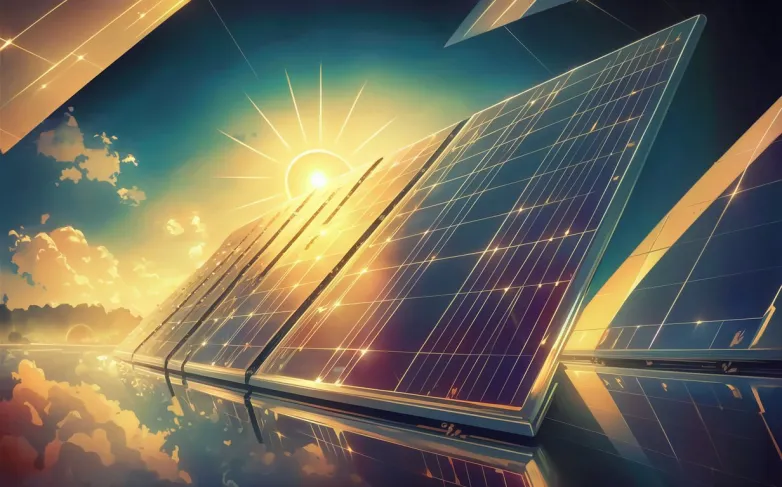JA Solar’s interface hack pushes inverted perovskites to 26.7% efficiency
- JA Solar researchers used a multifunctional ammonium salt to passivate defects and flip the interfacial field in inverted perovskites, hitting 26.7% efficiency with strong thermal stability.

JA Solar’s R&D team has unveiled a deceptively simple interface tweak that drives inverted perovskite solar cells to headline-grabbing performance—26.7% power conversion efficiency (PCE) in the lab and a certified 25.84%—while keeping stability intact at elevated temperatures.
The advance targets a chronic pain point in p-i-n (inverted) architectures: the junction between the perovskite absorber and the electron transport layer (ETL). Buckminsterfullerene (C60) remains the gold-standard ETL, but it aggregates in solution and can introduce non-radiative recombination at the contact. The team inserted a thin passivation layer made from a multifunctional organic ammonium salt—2-(4-(aminomethyl)phenyl)ethyl-1-ammonium iodide (PMEAI)—directly at that interface.
Why it works: PMEAI delivers dual-site passivation, healing both lead and iodide vacancy defects while minimizing steric hindrance so carriers aren’t blocked. Crucially, the molecule’s orientation induces a reversal of the built-in electric field at the perovskite/C60 boundary—now pointing from C60 toward the perovskite. That flipped field accelerates electron extraction and suppresses interfacial recombination, breaking the usual trade-off between higher open-circuit voltage and reduced current/fill factor that plagues many passivation schemes.
Device stack and results are straightforward and compelling. The cells used an FTO substrate, a self-assembled monolayer hole transport layer (4PADCB), the perovskite absorber, the PMEAI interlayer, C60 as ETL, a BCP buffer, and a silver electrode. Under standard test conditions, the PMEAI device posted 26.7% PCE with Voc of 1.181 V, Jsc of 26.36 mA/cm², and an 85.8% fill factor. Control cells with alternative passivation lagged at 24.3% PCE (Voc 1.156 V, Jsc 26.05 mA/cm², FF 80.4%). Certification by China’s National Photovoltaic Industry Metrology and Testing Center confirmed 25.84%, and a scaled 1 cm² device still reached 24.5%—a strong indicator for module-level promise.
Durability didn’t take a back seat: cells retained 97% of initial performance after 1,500 hours at 65 °C, suggesting the interlayer also helps suppress ion-migration-induced degradation.
Big picture, this is elegant interface engineering rather than an overhaul of absorber chemistry or wholesale ETL replacement. It’s compatible with today’s best-practice inverted stacks, potentially manufacturable via simple solution steps, and it tackles three birds at once—defect passivation, field shaping, and thermal robustness. Scaling to large-area modules and locking down long-term moisture stability remain the next hurdles, but PMEAI-like interlayers look set to be a key ingredient in pushing perovskites from record charts to rooftops.
Also read

